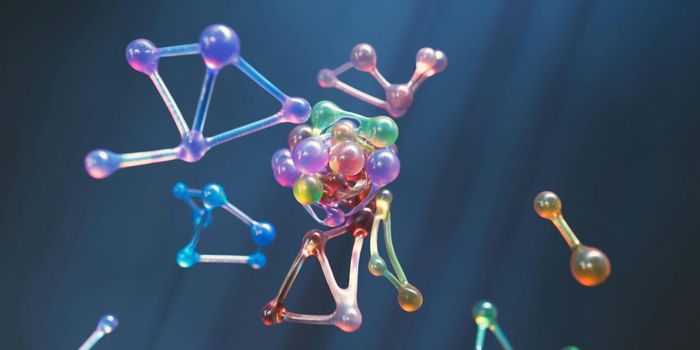HIV Viral Structures Improve Therapeutics
Researchers have recently discovered how a powerful class of HIV drugs bind to a key piece of HIV machinery. Their findings, for the first time, shows how HIV therapy can be potent.
"The drugs we studied are the latest compounds available in the clinic today, as well as several important pre-clinical molecules. Until now, no one knew exactly how they bound to this HIV complex," says the study's senior author Dmitry Lyumkis, an assistant professor in Salk's Laboratory of Genetics. "A better understanding of how the drugs work will help us improve them and design new therapeutic compounds."
The intasome is a critical part of the HIV structure of which enables infection by integrating the virus’s genetic material into human DNA. This is why some drugs, called integrase strand transfer inhibitors (INSTIs), treat HIV by blocking the actions of intasome.
Even through these drugs were a success—scientists still struggled to examine how they inhibited the HIV intasome.
"To this day, everyone is still using the PFV intasome structure to rationalize and understand the mechanism of action of these drugs," says Dario Passos, the study's co-first author and a staff scientist in Lyumkis' laboratory. "But we've shown that the field really needs to move and study the HIV structure if we want to make further progress."
"We and many others have been working towards this goal for several decades and it is exciting that at long last we can now understand how HIV inhibitors work in detail and aid the development of new drugs." says Min Li, co-first author and a staff scientist at the National Institute of Diabetes and Digestive and Kidney Diseases.
In the study, researchers obtained the structure of HIV intasomes while they were being actively blocked by one of four INSTIs. They observed that a compound known as 4f has unique qualities in binding to HIV and thus can help improve the binding properties of potential future molecules.
"In previous structures, we learned about intasome biology," says Lyumkis. "But here, we've really started to gain insight into the therapeutic angle of how drugs can target these important viral assemblies."
Source: Science Daily










